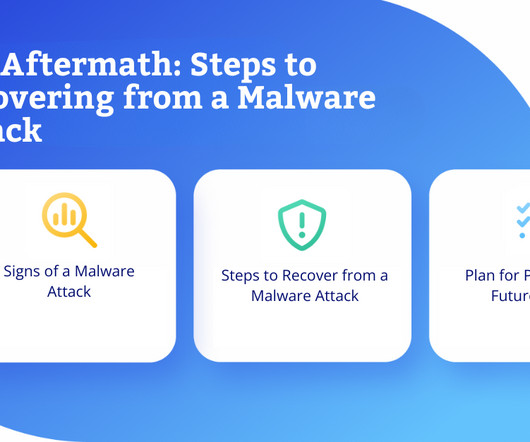Mischievous Malware
Online Computers
JANUARY 11, 2022
Mischievous Malware. Unfortunately, malware is not a foreign term, in fact it’s pretty well known to anyone that uses a computer. There are several types of malware, as well as mediums in which you may receive it. First, let’s take a quick tour of the types of malware you may run into. Malvertising.
















Let's personalize your content